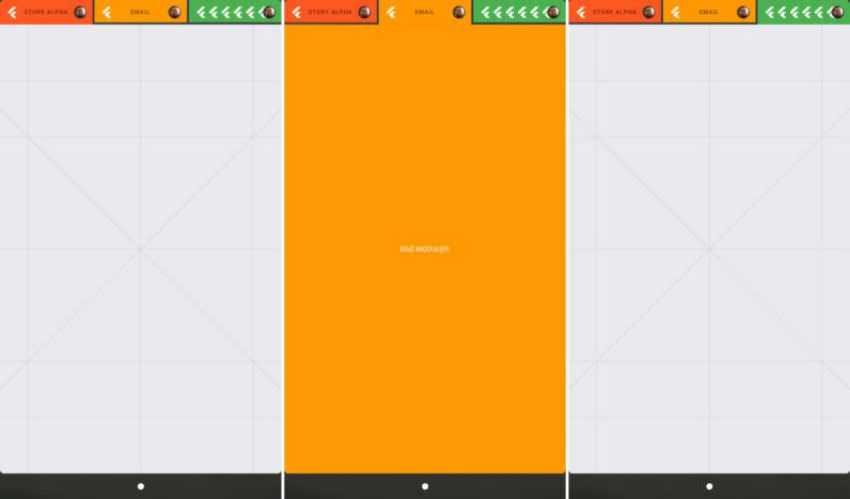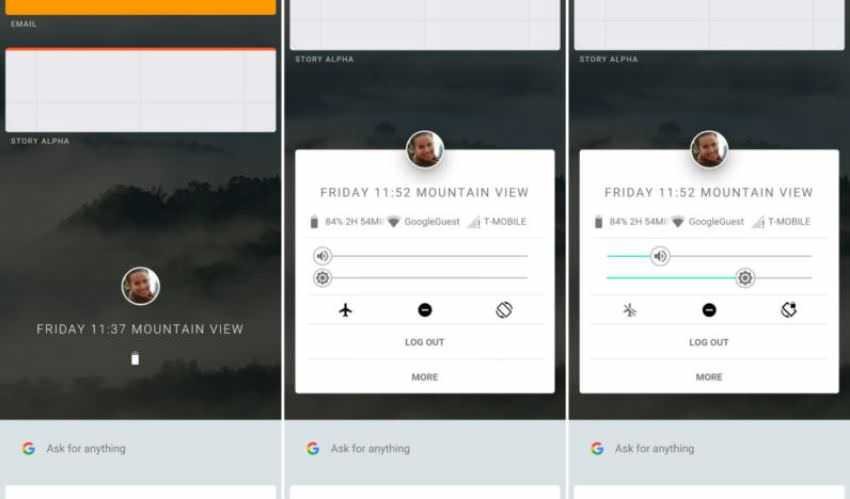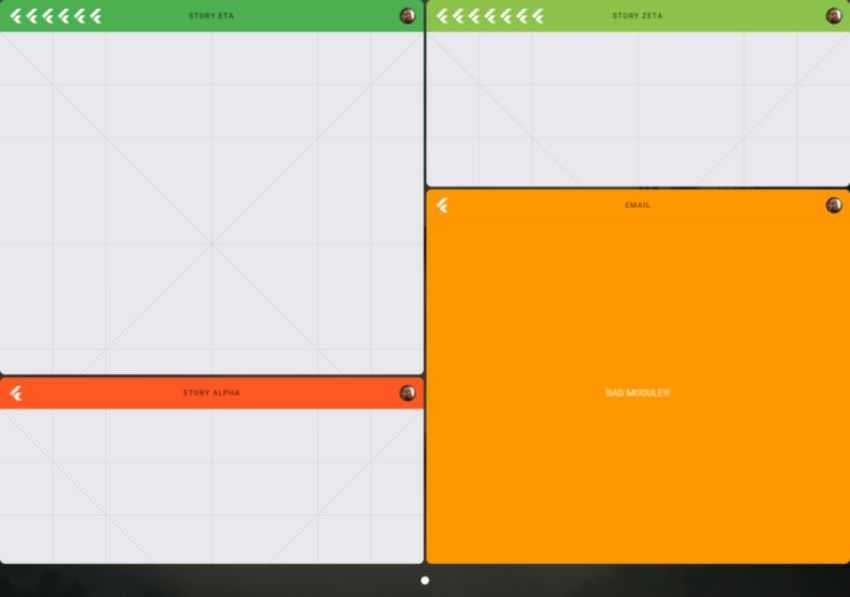Android and Chrome OS are apparently not enough for Google, as the company is reportedly developing a third operating system that has the code name Fuchsia. The company for more than a year, writes new functional, and today we have the opportunity to see for the first time the UI of the new OS.
Clearly, Google has great goals for Fuchsia, which may even replace Android one day.
Ars Technica presented the Fuchsia UI. Although the operating system is supposed to be for IoT devices, the UI shows that Google has much larger designs. The new OS is not very functional, but it gives us an idea of what Google is dreaming about.
Before we get started, it helps to watch the video below
The UI focuses on a vertical scrolling of the screen. In the center is a profile picture of your date, time, location, and battery icon. Above this central space are the "Stories", which fortunately do not seem to be some kind of Snapchat. 
Instead, it's a place for your recent apps and app groups. Below that is a search box and a selection of suggestions, just like Google Now, except it can also be used as a launcher. Tapping on your profile picture will give you the option accesss in some quick settings.
Once you tap one of your stories, you'll be taken to a full-screen application interface. If you drag & drop a window into another in your story list, you will see a split screen function. It seems that you can combine more than two applications in one go with the simplicity of a mobile UI and the power of a desktop operating system.
At the moment there doesn't seem to be a limit to the number of apps you can fit all together, but the new OS crashes if too many apps are overloaded. Google could of course limit the number of apps depending on your screen size. You may only be able to work with two applications simultaneously in one smartphone, but in four in one tablet.
The remarkable of Fuchsia is that it does not use Linux or GPL - unlike Android and Chrome OS. The interface and OS applications are leaving Java for Google's Multi-platform Flopter SDK.
Essentially, Google tries to use as much new, its own as possible code to do the development of the new operating system and hopefully provide a better end user experience in the long run.





